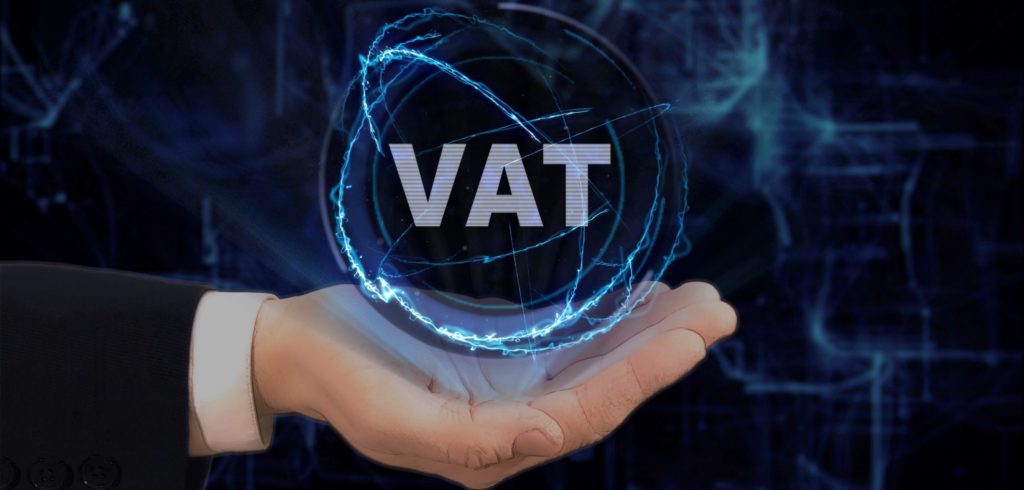
VAT return periods commencing on or after 1 April 2021 must be submitted, to HMRC, with digital links in place. This applies to those organisations who have a vatable turnover of more than £85k. Previous to this digital links did not have to be in place between different software programmes as HMRC were previously accepting the use of ‘cut and paste’ or ‘copy and paste’. This will now not be accepted for VAT returns periods commencing on or after the 1st April 2021.
A ‘digital link’ is one where a transfer or exchange of data is made, or can be made, electronically between software programs, products or applications. That is without the involvement or need for manual intervention such as the copying over of information by hand or the manual transposition of data between 2 or more pieces of software. This could be a transfer or exchange of data within a business (for example, between 2 systems) or a transfer of data to a tax agent in order that they can prepare a VAT Return or make a calculation (for example, a Partial Exemption calculation).
A digital link includes linked cells in spreadsheets, for example, if you have a formula in one sheet that mirrors the source’s value in another cell, then the cells are linked.
HMRC also accepts that the following are digital links:
- emailing a spreadsheet containing digital records so the information can be imported into another software product
- transferring a set of digital records onto a portable device (for example, a pen drive, memory stick, flash drive) and physically giving this to someone else who then imports that data into their software
- XML, CSV import and export, and download and upload of files
- automated data transfer
- API transfer
Common Scenarios
Example 1
An organisation is head of a VAT group and responsible for submitting the group return. Each business within the group uses different software and historically figures have been input onto a spreadsheet and then journaled into accounting software to submit the group VAT return.
In order to comply with the digital links each group member would be required to provide the information needed for the VAT return via a digital link i.e. download the data into the spreadsheet. This can then be collated in order to complete the VAT return. Bridging software would then be required to upload the spreadsheet to HMRC. In this instance the spreadsheet could be uploaded into the head of the Vat groups system in order to produce the VAT journal which could then be submitted to HMRC.
Example 2
A partially exempt business prepares the partial exemption calculation on a spreadsheet and then manually adjusts the VAT figures to reflect the partial exemption.
HMRC accepts that not all calculations can be done within accounting software and that some adjustments may need some form of input by hand in order to send the relevant information to HMRC. Examples of this include a capital goods scheme adjustment and partial exemption calculations. The information required to prepare the partial exemption should be linked to the accounting software, where possible, i.e. through a download of data. Figures should then be uploaded or journaled back into the accounting software in order to prepare the VAT return.
Further Making Tax Digital changes
- VAT
Currently, the MTD regulations only apply to businesses whose turnover is £85k. However, from 1 April 2022 the regulations are being extended to all VAT registered businesses, regardless of their turnover. Therefore, those businesses who are currently not caught by the MTD regulations, and not filing their returns under them, will need to take steps to comply by 1 April 2022.
- Income Tax
From 6 April 2023 the requirements to keep records digitally is being extended to those taxpayers who file a personal tax return which has self-employed income or property income greater than £10k. This is irrespective of whether the business is actually VAT registered or not.
Under this, these individuals will be sending information to HMRC on their income and expenditure on a regular basis.
This is part of a much wider over-haul of the way self-assessment tax returns are filed.
Get in touch or request a call back:
Call 0330 223 6400 or complete the form to make an enquiry or request a call back (* indicates a mandatory field).



